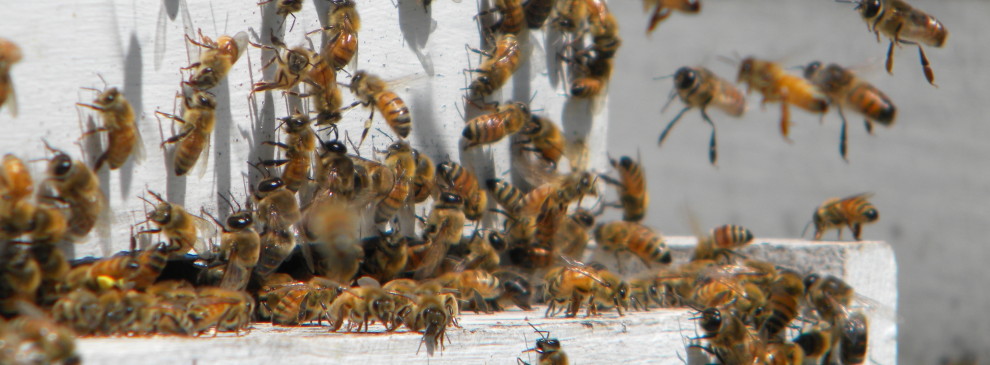Over the winter or 2015-2016 I lost all of my top bar hives but lost none of the Langstroth hives. All hives were treated in a similar manner as far as care and varroa control. I would like to see breakdowns by hive type. It may not be worth the time and effort but thought I would ask.
RESPONSE: See the report from last year. Top Bar hives from 2014-2015 respondents died at twice the rate as colonies in Langstroth hives. This does not mean they are a worst hive – it just means we need to do more to educate how better to overwinter the Top Bar hive.
